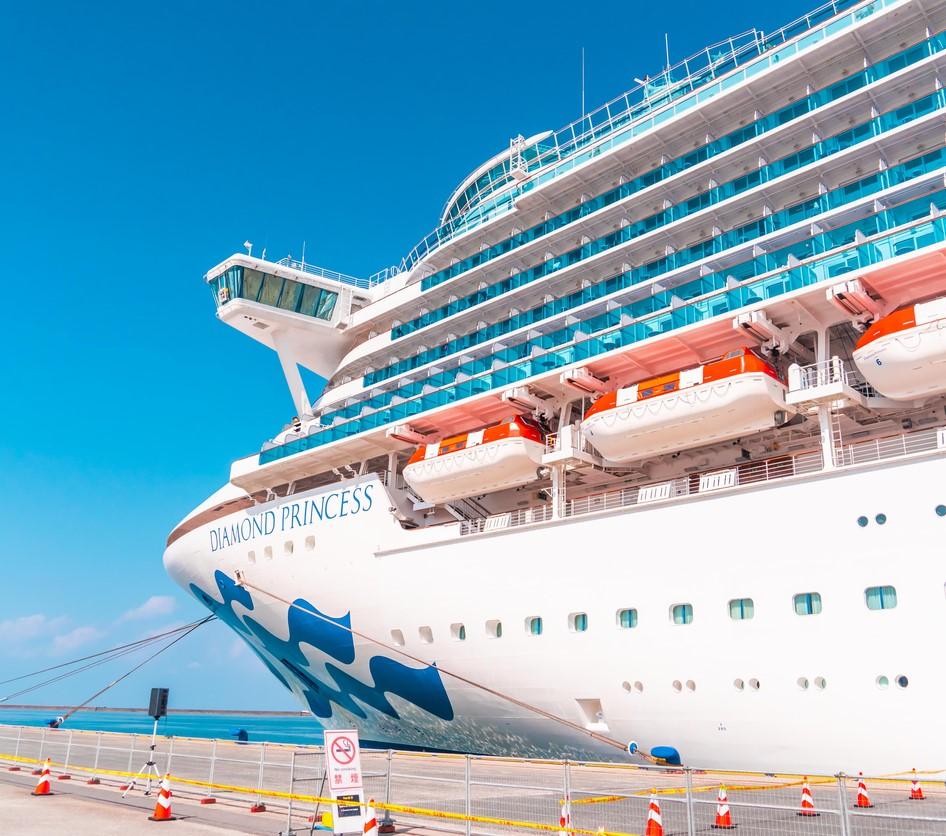
A simulation looking at coughing and droplet spread in cruise ship passenger cabins meant for two or more passengers shows that higher ventilation does not necessarily lead to the best viral protection. The study is published in Physics of Fluids.
Cruise ships became one of the first sites of COVID-19 outbreaks in the spring of 2020, with hundreds of passengers infected and then quarantined on the ships for days. In the new study, researchers simulated droplets produced by a cough in a typical cabin, and used computational fluid dynamics to test 1.5 to 15 air changes per hour (ACH).
Current recommendations for cruise ships focus on high ACH, 6 or more an hour, but the simulations showed that such frequent changes were energy inefficient, were uncomfortable for passengers because they generated air drafts, and spread droplets farther and faster during simulated coughs.
Passenger comfort considered
The researchers found an ACH of 3 when a cabin was occupied was the most effective and efficient. When a cabin was empty between occupants, an increase to 15 ACH for at least 12 minutes allowed for the most sanitary conditions.
In this way, contaminated droplets would spread at a limited distance from the infected person while the air would be completely refreshed for the next occupants.
"In this way, contaminated droplets would spread at a limited distance from the infected person while the air would be completely refreshed for the next occupants," the authors said. "The same minimum time of 12 min can also be proposed as a clearance wait time for similar-sized rooms with a minimum of 15 ACH."
In a press release on the study, author Dimitris Drikakis, PhD, said, "Complete evaporation of the saliva droplets may not necessarily mean all viruses or bacteria become instantly inactive. Therefore, we should aim at minimum droplet spreading inside the cabin and different ventilation strategies for occupied cabins."













